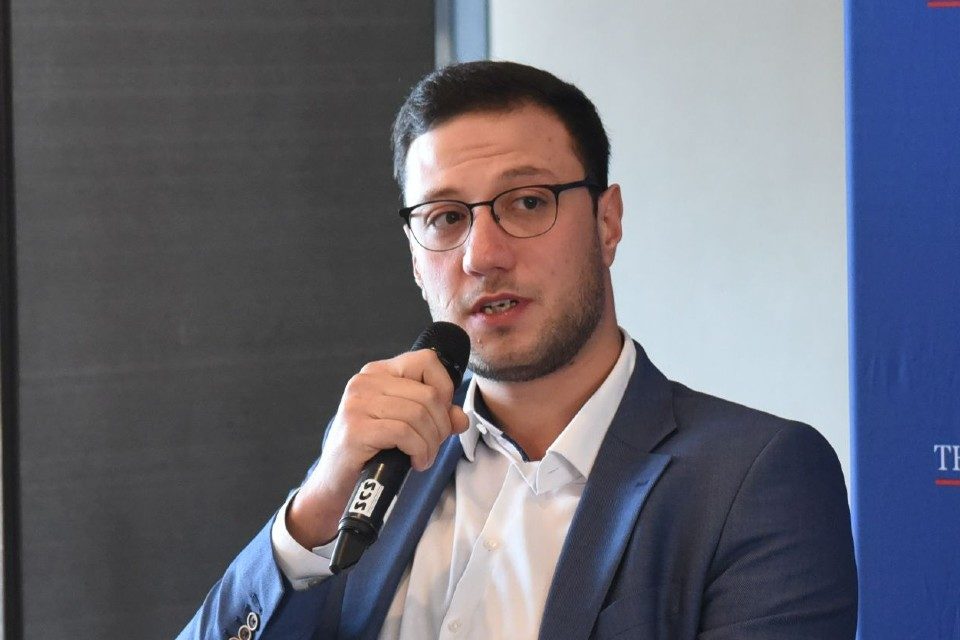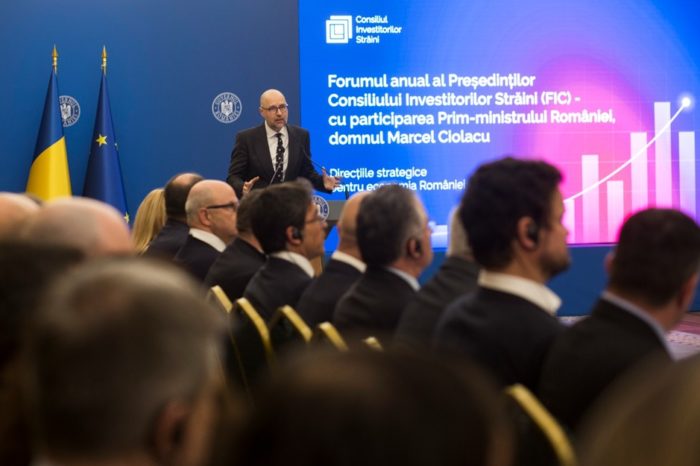Mihnea Catuti, EPG: 2024 is the year in which Romania must look to the future

Opinion by Mihnea Catuti, the Head of Research at Energy Policy Group (EPG)
He is coordinating the research strategy and activities within the organisation. His expertise includes EU climate and energy policy and the transition in South-East Europe.
“In 2024, Romania should rethink its economic development model through a reorientation towards the technologies of the future and the transition to an economy with low greenhouse gas emissions. For this, it is necessary to give up the apathy of the political class and the search for solutions in the past and reorient national priorities towards an economy based on the use of clean energy sources, the development of energy infrastructure, the attraction of value chains for green technologies and the support of research and innovation capacity for the creation of well-paid jobs that can meet the challenges of the coming decades.
The accelerated economic development of Romania since the 2000s represents a true miracle. Romania entered the year 2024 with an economy eight times larger compared to the first year after the fall of communism.
Along with other Eastern European countries, Romania’s economy remains among the most industrialized in Europe, by in terms of the share of the industrial sector in the added value of the entire economy and the number of employees. In full global relaunch of interventionist industrial policy, Romania has the prerequisites for economic development to become a true regional engine of growth. Having limited financial and fiscal resources available, they must be carefully distributed to the new green technologies based on the identification of the country’s competitive advantages, without falling into the trap of over-subsidizing inefficient industries. But this can only be achieved through a fundamental change in national objectives.
With the accession to the European Union, one of the main objectives was to recover the gaps compared to developed member states. The progress was remarkable, Romania reaching three quarters of the European average of GDP per capita adjusted for purchasing power, starting from less than half at the time of accession.
Living standards in big cities are already comparable to those in the west, although the endemic problem of regional discrepancies, inequality and poverty persist, especially in rural areas. There can be several reasons listed for this spectacular development, such as EU cohesion policy and European funds related non-refundable, attracting foreign investment in search of skilled but cheap labor, or favorable fiscal conditions. In recent years, domestic capital has also become a growth engine in IT, construction and retail.
But the development model fueled by investment in road infrastructure and a manufacturing industry based on technological transfer and low labor remuneration is about to reach its limits. Romania remains in the queue the European ranking when it comes to innovation and investment in research and development, stagnating in alarmingly in the last two decades. Meanwhile, Poland, the Czech Republic and Hungary are quickly catching up by the other EU member states.
Blinded by the success so far of Romania’s economic convergence process with the EU (which by the way is not based on a clear strategic vision or approach) we forgot to lift our heads from the ground and notice that the world is changing profoundly and dynamically, and our ideal of what an economically developed country looks like is already expired. Global efforts to mitigate climate change have launched a transformational vision economy, while the great powers of the world compete in efforts to innovate and develop technologies green, which become sources of economic prosperity in a new global competition.”
Full opinion (in Romanian) here













